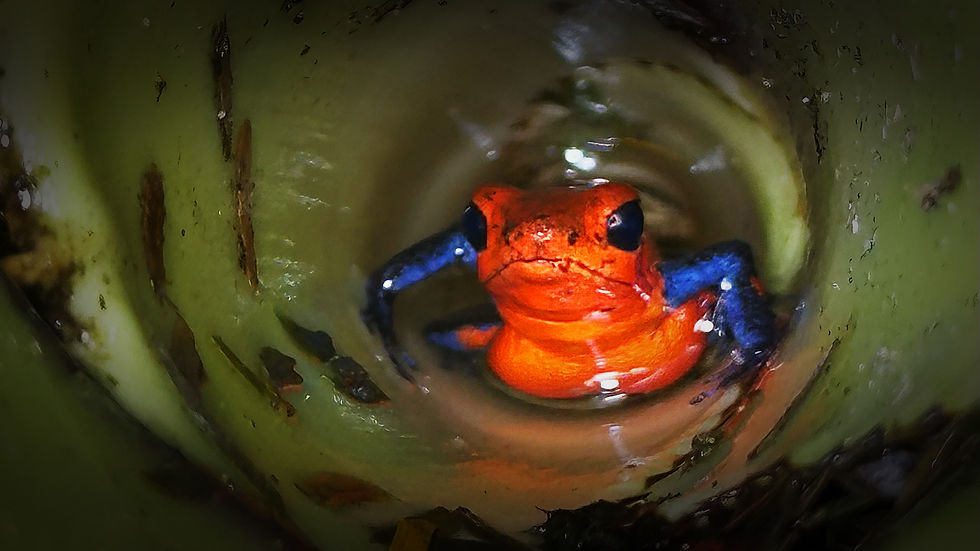Costa Rica
Pura Vida: A Way of Life
Welcome to my website!
Explore the wonders of Costa Rica, a land of vibrant culture, breathtaking landscapes, and a spirit that consistently ranks among the world's happiest. This site offers insights into the country's history, demographics, economy, and diverse geography, alongside a glimpse into its captivating destinations and powerful commitment to combating climate change. Prepare to be captivated by Costa Rica's unique charm and leave with a newfound appreciation for its extraordinary story!
History and Demographics
Costa Rica has a significant degree of diversity due to its history of intermarriage between different ethnic groups. Currently, the three largest ethnic groups are European, Native American, and African. Europeans arrived and became the dominant group in Costa Rica, and the Native Americans suffered severely from European diseases and forced labor, leading the Spanish to import enslaved Africans to work on the pastures. Even though the European settlers were racist, there was still a remarkable amount of intermarriage, forming the ethnic groups of Mulatto and Mestizo. Of all Central American countries, Costa Rica is generally regarded as having the most stable and democratic government, and it stayed relatively peaceful throughout the 1970s and 80s, considering its war-torn neighbors. Costa Rica’s history dates back to 1502 when Columbus’s fourth and last voyage brought him to the coasts of this country for 18 days. Columbus’s relationship with the Indigenous peoples there became friendly enough for them to bring Columbus several items of gold, which may have prompted Columbus to name this area the “Rich Coast”. Other, more promising regions led Spain to neglect Costa Rica until 1564 when the Spanish Crown established the village, Cartago, in the Valle Central. Spain provided little help in developing infrastructure, and Costa Rica lacked a labor force as the Indigenous population drastically declined during the Spanish conquest. Eventually, when Mexico declared its independence in 1821, Costa Rica and many other Central American countries gained independence from Spain and joined the Mexican Empire. In 1823, Costa Rica helped form the United Provinces of Central America, which, due to many strong political disagreements, fell in 1838. A new Costa Rican constitution was adopted in 1871 and continued to be in effect until 1949, except for a brief interlude from 1917-1919. In the early 20th century, Costa Rica and four other Central American republics established the Central American Court of Justice, the first international court with wide juridical powers, which dissolved 10 years later. Costa Rica’s boundary with Panama was also a dispute. In 1921, Costa Rica attempted a forceful occupation of an area on the Pacific Coast, but was redirected by the intervention of the United States. Panama soon evacuated the region, but the relationship between the two countries was not re-established until 1928, and the governments finally reached an accord in 1941. The most serious political crisis came in 1948. An unusual political coalition was formed by former president Rafael Angel Calderón Guardia (1940–44) consisting of members of the communist Popular Vanguard Party and the Roman Catholic Church, hoping to improve workers’ conditions and social security. But this coalition went too far when it tried to prevent the seating of the president-elect, Otilio Ulate, a Social Democrat. José Figueres Ferrer, a landowner who wanted the government to have more power in business, gathered local and foreign soldiers and trained them on his farm. His army, which turned into the National Liberation Party, launched a successful rebellion against the government and sparked a brief civil war which led to the death of about 2,000 civilians. The war ended with a compromise that Figueres would restore order, keep some of Calderón’s charges, and turn over the presidency to Ulate. Figueres led the country for 18 months, and a new constitution was promulgated in 1949 by Figueres’s regime, which abolished the army, gave women the right to vote, strengthened elections, ended official racism, nationalized banks, and empowered state-run businesses.
Photos from my trip








